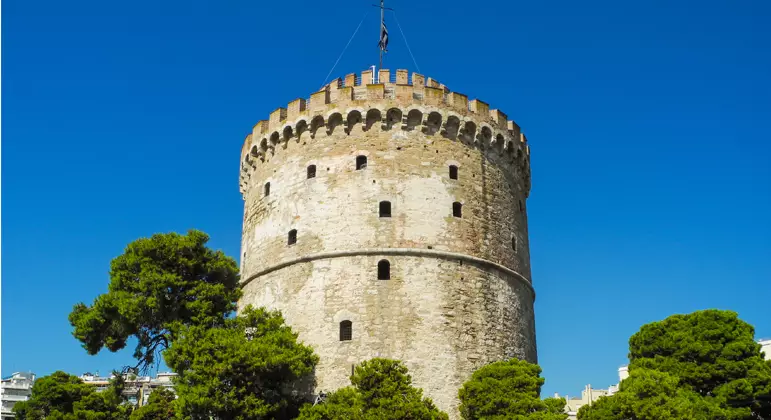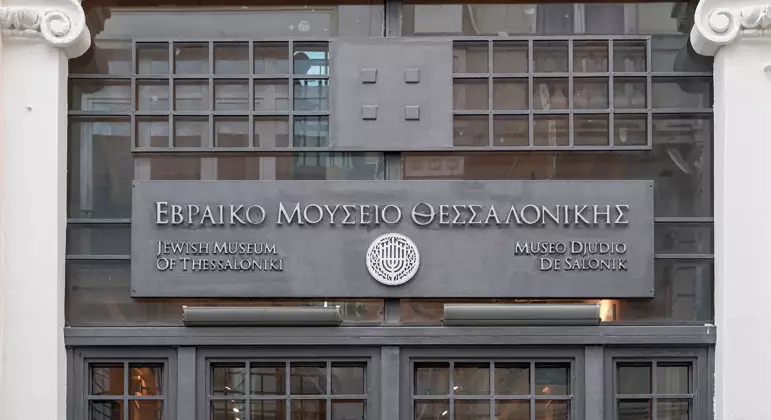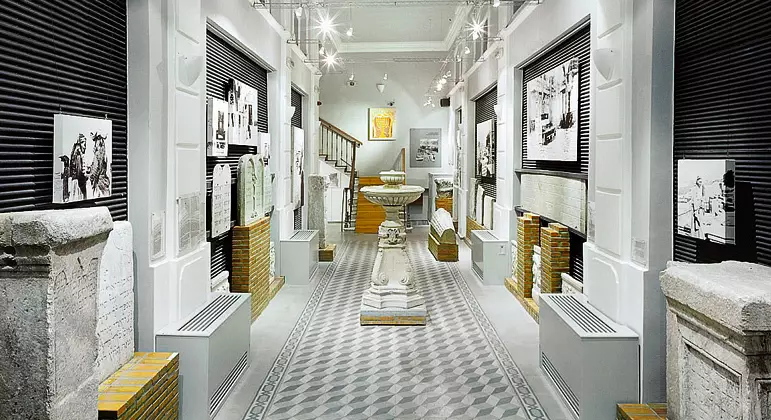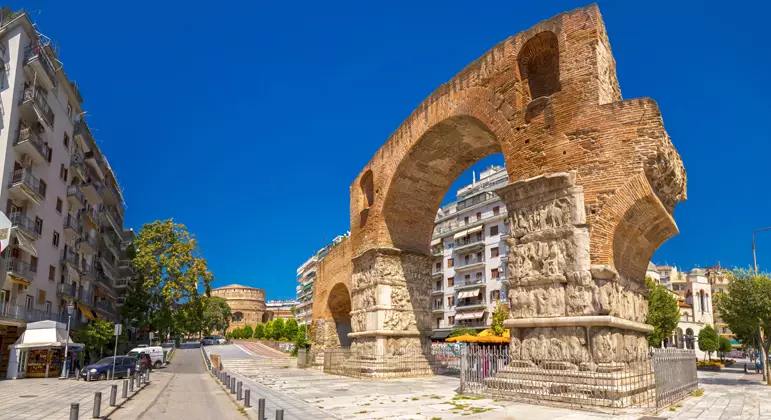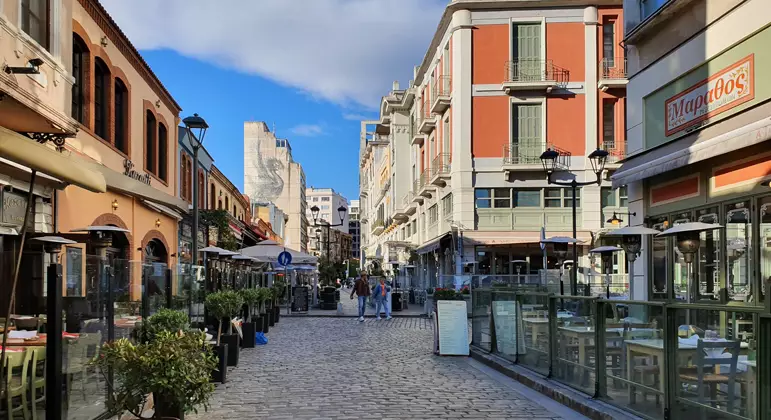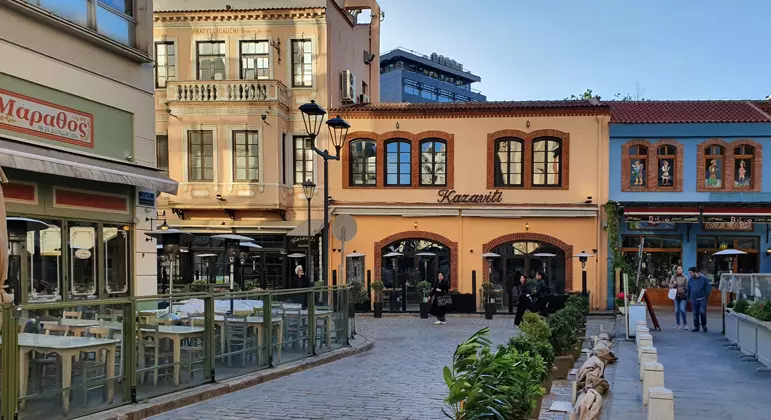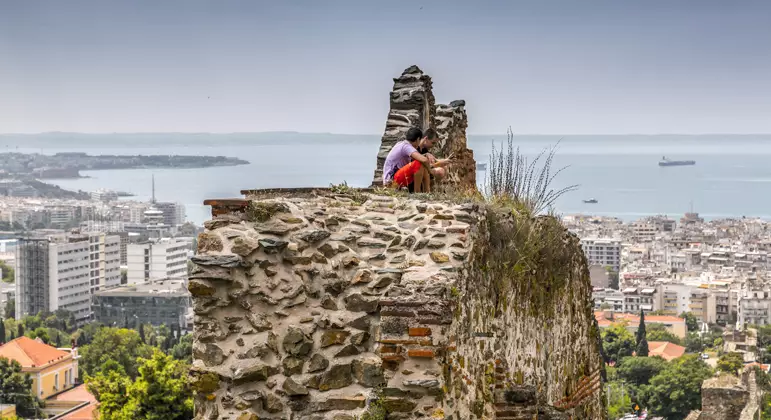Thessaloniki Is Where Epic History Meets Greek City Vibes
“There is a homeland for everyone, while there is Thessaloniki,” wrote Nikiforos Choumnos, a 14th-century Byzantine dignitary and scholar. And he was right: Thessaloniki is a gorgeous and cosmopolitan seaside city and the largest in Greece after Athens. This historic capital of the Macedonia region was founded in 315 BC by the Macedonian king Cassander and named after his wife who was a half-sister of Alexander the Great. This is the city that in the days of Philip II of Macedon would steal Athens’ thunder. It’s relatively flat but there are simply mountains of history: Roman and Byzantine ruins, early Christian heritage (the Apostle Paul brought the first message of Christianity here in 50 BC), Pontic Greeks and Armenians, remnants of Venetian and Ottoman rule and perhaps most movingly, a remarkable Jewish history too. Centuries of cultural commingling has also made Thessaloniki a culinary nirvana, with almost too many great restaurants and little eateries to count.
Amazing excursions carefully curated

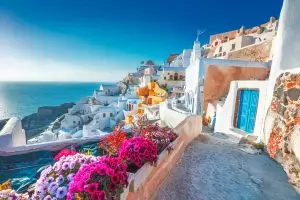 Santorini
Santorini 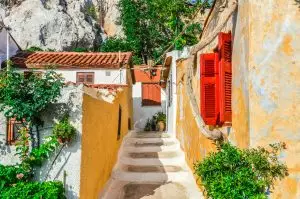 Athens
Athens  Patmos
Patmos  Istanbul
Istanbul 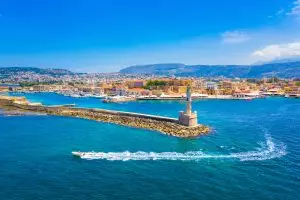 Crete
Crete 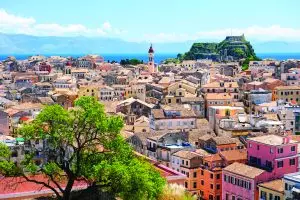 Corfu
Corfu 






 Deutschland (€)
Deutschland (€)
 Turkey (€)
Turkey (€)
